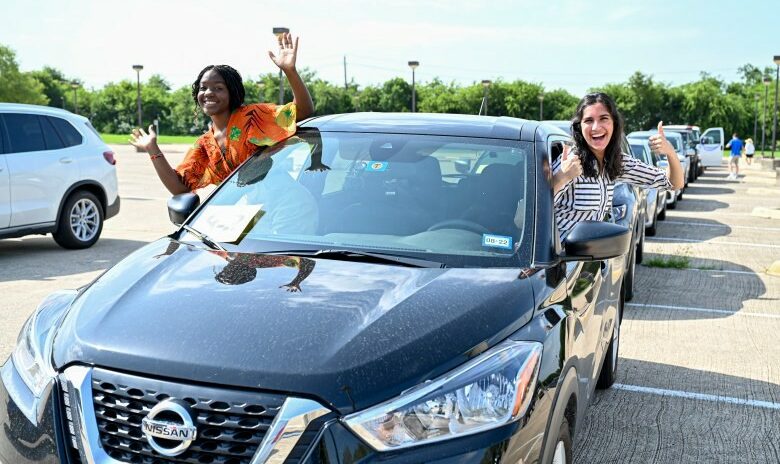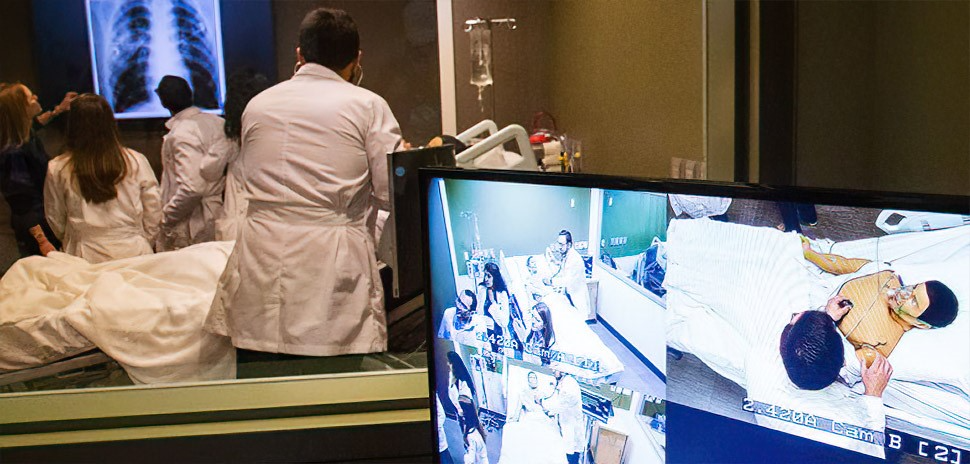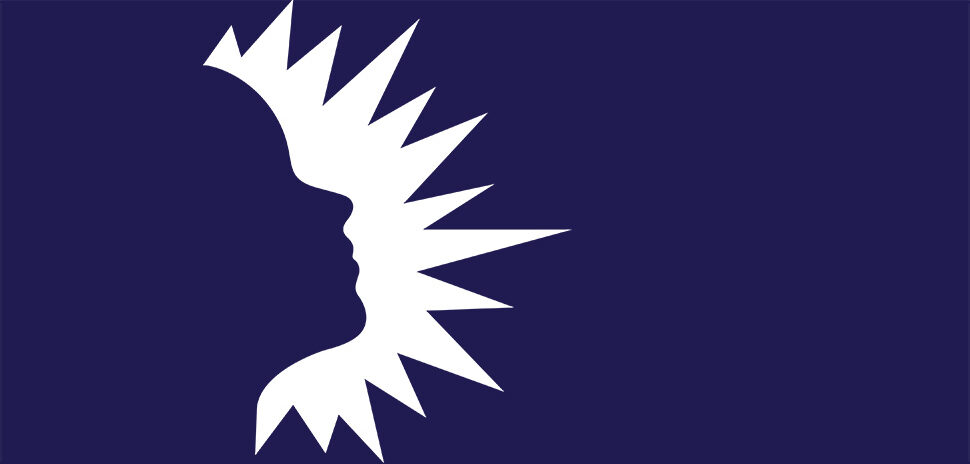In the early ‘90s, Texas Instruments Foundation had a problem. Simply put, the young children in their beneficiary Head Start programs weren’t ready for school. The kids didn’t perform well in kindergarten testing and showed a distinct lack of “academic readiness.”
With hopes that a new curriculum might fix the problem, Texas Instruments invited veteran educator Nell Carvell to help. She was asked to write a phonics program that would prepare preschool-age kids for school.
Carvell agreed to assist, but the first time she met with Head Start teachers, she was surprised to find their classrooms exceedingly bare. There were very few books, alphabet materials, posters, or learning tools. The kids needed more than a phonics program, she realized.
“What I found was that the children did not have exposure to language — alphabet, speaking in sentences, rhyming, vocabulary. They didn’t need phonics, they needed language and literacy,” Nell Carvell said.
“What I found was that the children did not have exposure to language — alphabet, speaking in sentences, rhyming, vocabulary. They didn’t need phonics, they needed language and literacy,” Carvell says. “If we could enhance that and build in pre-reading skills, then maybe they would do better.”
Carvell developed Language Enrichment Activities for Preschoolers (LEAP), a learning program that inundates children with a language-rich curriculum to help prepare them to read. Carvell moved to the education program at SMU and implemented LEAP at the Margaret Cone Head Start Center, located in one of the lowest-income areas in Dallas at the time.
The children began benefitting almost immediately. Prior to the program’s implementation, kids who had attended the Cone Center scored, on average, in the 20th and 30th percentiles on the Iowa Test of Basic Skills (ITBS). With LEAP, their scores skyrocketed — landing them, on average, in the 60th to 70th percentiles. Texas Instruments wanted accountability, so research was conducted to track the children’s progress. It was found that students who encountered the LEAP program were performing better on state-wide tests and were able to maintain their academic edge for several years. By May of 2003, about 45,000 kids had been impacted by the LEAP program, which had spread to a handful of other states across the nation. Members of Congress, as well as Laura Bush, spoke out about the program’s positive effects.
Carvell retired in 2005, and because she was the one raising money to keep the LEAP program going, it disappeared.
“When I retired, there was no one at SMU with the dream for it, and there wasn’t a way to keep promoting it,” Carvell says. “The money went away, and so did the program.”
Enter Brattle Publishing Group, a small but growing publisher that develops educational materials and publishes children’s literature. Richard A. Lena co-founded the company in 2009 in Massachusetts, but moved to Dallas the following year, where he met Carvell. When Brattle had the opportunity to produce its first educational material, Lena couldn’t think of a better candidate than LEAP.
Carvell agreed to the project. She’d conducted updates on the program until 2006, but with more research available about how children learn, there were plenty of necessary additions, expansions, and upgrades to make.
LEAP was rechristened LEAP Into School and its curriculum fleshed out. LEAP Into School retains its successful language acquisition components, while components for math, social studies, science, motor skills, and social and emotional development have been expanded or added. The program also has become more tactile and includes modifications for second-language learners.
“Despite all the politics, most people have the same goals for 3-to-5-year-olds.” Richard A. Lena said.
“We took what Nell had created that still addressed the current learning and research and preserved that,” Lena says. “Despite all the politics, most people have the same goals for 3-to-5-year-olds.”
The program features a curriculum kit, literature kit, and hands-on kit. The curriculum kit includes the full 40-week program, with regular lesson plans, posters, color-coded cards, an at-home component that involves parents, and a downloadable learning app. The literature kit contains a total of 80 fiction and nonfiction books. The hands-on learning kit includes manipulatives for tactile learning.
“Many preschool programs and teachers say that these kids are babies and they just need to play,” Lena says. “We don’t disagree with that, but we do more than just play. This is meaningful play. The activities support concepts and skills.”
LEAP Into School will target public and private preschools, early learning centers, and Head Start Centers. Holy Trinity Catholic School already has begun using the new curriculum. Principal Jill K. Fallon reports that parents, teachers, and children alike are responding favorably to LEAP Into School.
“The program is so well-written and thoughtful that we have noticed our students are engaged for longer periods of time,” Fallon told me. “It has evoked new curiosity about the many topics and lessons our teachers facilitate.”
For Carvell, it’s exciting to see a program that she’s spent so much of her life devoted to — a program that she knows works — updated to meet the needs of 2016. She’s floored by what Lena and Brattle Publishing have been able to do for LEAP: the beauty of the full-color graphics and photographs, the quality layout, the meticulous and professional editing.
Still, the biggest excitement is knowing that LEAP Into School will live on to help even more children learn and succeed.
For a daily dose of what’s new and next in Dallas-Fort Worth innovation, subscribe to our Dallas Innovates e-newsletter.
































